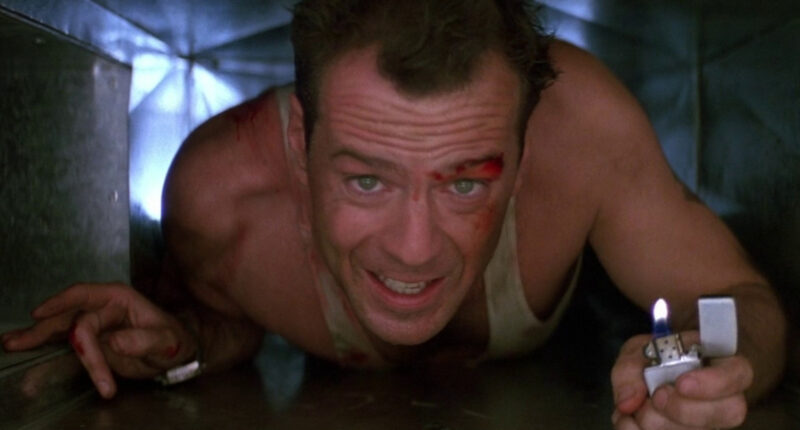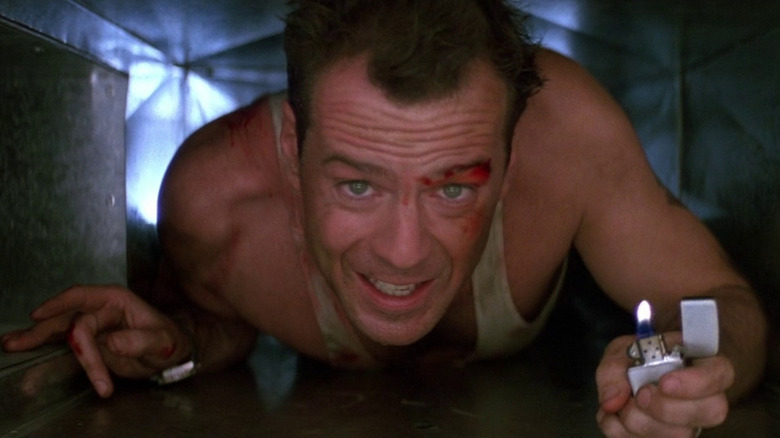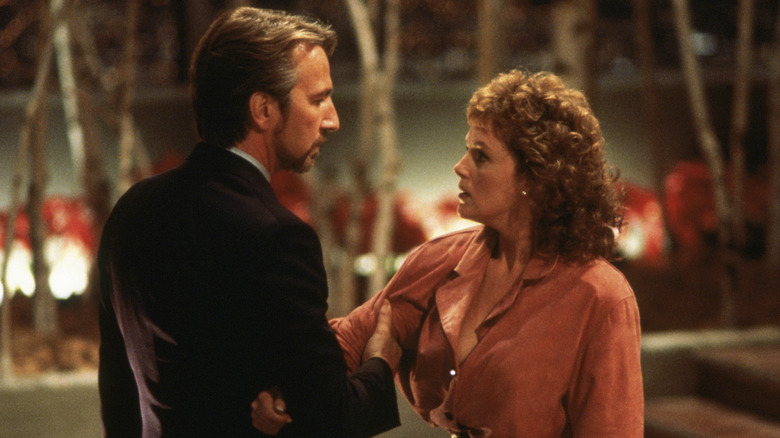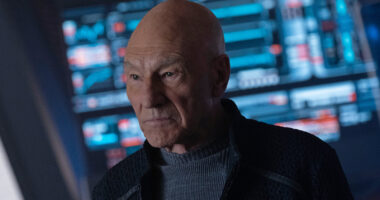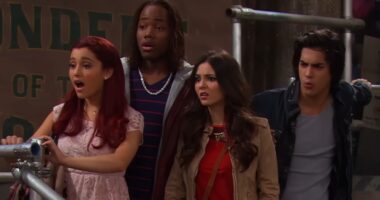Share this @internewscast.com
Starring Bruce Willis in the career-defining role, “Die Hard” became an instant classic upon its release in 1988, and is often regarded as one of the greatest action films ever. Willis portrays John McClane, a weary NYPD officer who finds himself trapped in a high-rise building with a gang of ruthless terrorists led by Hans Gruber (Alan Rickman). These terrorists have taken McClane’s estranged wife and numerous innocents hostage as they attempt to steal a treasure trove of bearer bonds, leaving McClane as the sole hope to thwart their plans.
The movie perfectly blends action, humor, and emotion, leading to its immense success and the creation of a whole new subgenre of films. Surprisingly, many forget that “Die Hard” is based on a novel, Roderick Thorp’s 1979 book, “Nothing Lasts Forever,” which in turn is a sequel to another of Thorp’s novels, “The Detective.” This earlier work was adapted into a movie starring Frank Sinatra. Due to contractual obligations, Sinatra was actually offered the John McClane role in “Die Hard.”
Given its intricate background, it’s no shock that “Die Hard” diverges significantly from its literary source. For instance, the protagonists differ greatly: In the book, the main character is Joe Leland, a now-retired detective, as the story unfolds years after “The Detective.” However, this is just one aspect where the film takes creative liberties.
The stakes are different in Nothing Lasts Forever
The storyline of “Nothing Lasts Forever” does bear resemblance to “Die Hard,” with retired cop Joe Leland visiting a high-rise where terrorists seize a party. Nonetheless, Leland’s personal motivations differ from McClane’s in the film. Being older, Leland goes to the building to see his adult daughter, attending a Christmas party there, rather than visiting a spouse.
In the novel, the antagonist is Anton “Little Tony the Red” Gruber, a terrorist Leland already knows. His objective is not simply theft; he intends to acquire documents that would expose the Klaxon Oil Corporation — where Leland’s daughter is employed — and its unscrupulous dealings with a Chilean dictatorship. In contrast, “Die Hard” simplifies this by turning Gruber into a mere bank robber, among other notable changes.
The most significant alteration lies in the film’s finale, where McClane confronts Gruber, who has taken his wife hostage. In the book, it is Anton Gruber holding Leland’s daughter at gunpoint, mirroring the film’s climax. However, while McClane successfully rescues his wife and defeats Hans Gruber in the movie, the novel ends grimly with both Anton Gruber and Leland’s daughter falling to their deaths. Such a bleak ending might have affected “Die Hard”‘s popularity if the film had mirrored its source’s downbeat conclusion.
